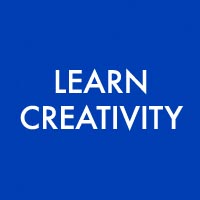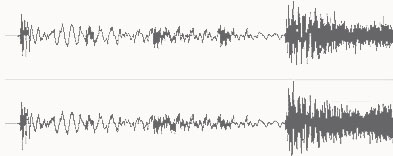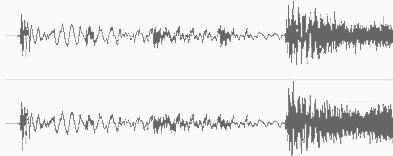Lecture – Academy of Arts in San Francisco

Tonight from 7-9 in San Francisco at the Academy of Arts, I lecture on my work and creative process with an eye towards advances in technology. The lecture is free and open to the public – sponsored by Canon.
Here’s an excerpt.
I often encounter resistance to new practices in photography. Some say, “You can’t do that.” I reply, “I just did.” They respond, “But that’s cheating.” I counter “Whose game are you playing?”
There’s no such thing as cheating in the creative arts. There is such a thing as misrepresentation. As creators we all share a responsibility to disclose our process so that viewers can react in informed ways. This has never been more true than today, where technology challenges many of the assumptions that were almost too easy to make in the past. This cultural dialog is an important part of understanding where we are today, how we got here, and where we may be going.
Listen to my artist’s statements here.
See my work here.










